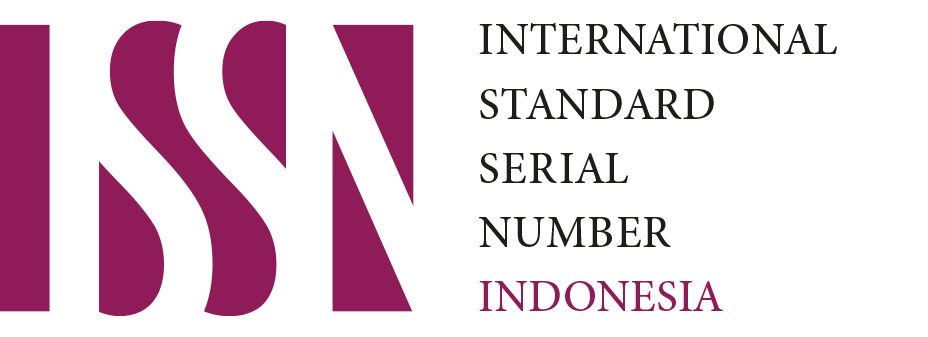The Implementation of Knowledge Management Based On Web 2.0 on Social News Site Hipwee
Downloads
The emergence of various kinds of social media applications does not only affect the way people communicate, but also penetrates into the realm of online mass media. Social media platforms that carry the concept of web 2.0 namely user generated content and network effects make it easy for a news to become viral in a short time, regardless of the validity and accuracy of the news. Web 2.0 itself is a direct application of the concept of Knowledge Management (KM) which emphasizes collaboration and user participation, but in a broader domain, it is slightly different from KM which emphasizes internal organizational participation. Hipwee as one of the social media-based online news sites applies both concepts to its content management. The purpose of this study was to analyze the extent of the application of KM in relation to Web 2.0. The method used to explore data through interviews with Hipwee managers and direct observation to the office location and also the Hipwee site. The results obtained are that the adaptation of the KM concept has not been applied to Web 2.0 on the Hipwee site, namely the concept of data mining, while the Web 2.0 concept has been applied to KM, namely unbounded collaboration, user generated content and network effects.
Downloads
Bebense, T. (2010). Knowledge management 2.0: Exploring the impact of Web 2.0 on knowledge management. Netherland: Utrech University.
BMJ Blogs. (2010). What are social news website?. Diakses dari http://blogs.bmj.com/bmj-journals-development-blog/2010/10/29
Herdiansyah, H. (2008). Metodologi penelitian kualitatif.
Hipwee. (2016). Redaksi. Diakses dari http://www.hipwee.com/
Hipwee. (2016). Community. Diakses dari http://www.hipwee.com/
Hipwee. (2016). Tips Memilih Lokasi untuk Foto Instagram yang Seru. Kamu Bakalan Dapat Foto Keren dari Destinasi Ini!. Diakses dari http://www.hipwee.com/
Indarti, N., & Dyahjatmayanti, D. (2014). Manajemen pengetahuan: Teori dan praktik. Yogyakarta: Gadjah Mada University Press.
Kompas Cybermedia. (2015). Pengguna Internet Indonesia Tembus 88 Juta. Diakses dari http://tekno.kompas.com/read/2015/03/26/14053597
Moleong, L. J. (2005). metodologi penelitian kualitatif, Bandung: Rosdakarya.
Marketing E-Power. (s.n.). Social news websites – social media marketing - e-power marketing® - Oshkosh, Wisconsin. Diakses dari http://www.epower.com/social-news
Rizal, H. (2014). Inilah model bisnis media online di Indonesia. Diakses dari https://id.techinasia.com
Record and Library Journal by Unair is licensed under a Creative Commons Attribution-ShareAlike 4.0 International License.
1. The journal allows the author to hold the copyright of the article without restrictions.
2. The journal allows the author(s) to retain publishing rights without restrictions
3. The legal formal aspect of journal publication accessibility refers to Creative Commons Attribution Share-Alike (CC BY-SA).
4. The Creative Commons Attribution Share-Alike (CC BY-SA) license allows re-distribution and re-use of a licensed work on the conditions that the creator is appropriately credited and that any derivative work is made available under "the same, similar or a compatible license”. Other than the conditions mentioned above, the editorial board is not responsible for copyright violation.


 57201398420
57201398420

























